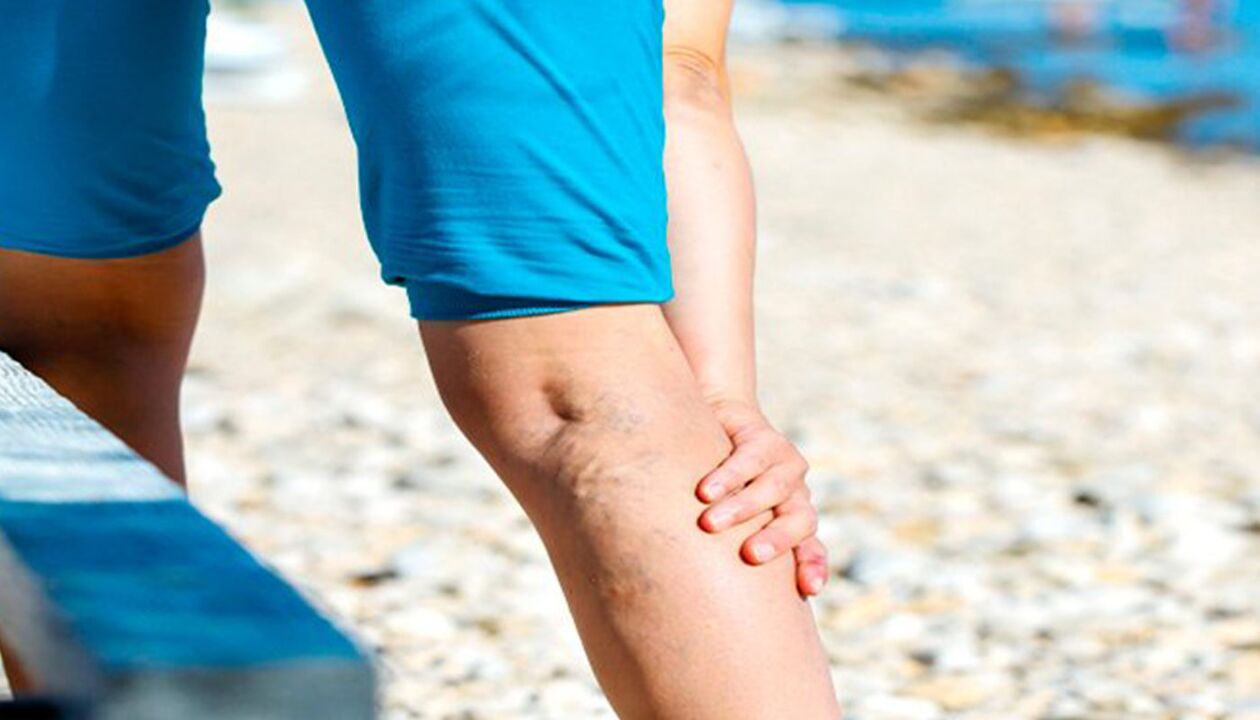
How to get rid of varicose veins on the legs? Varicose veins on the lower legs are the scourge of modern people.
There are a large number of people in the world who have been suffering from this malignant disease for a long time. What kind of disease is this, and what does it "eat".
Varicose veins
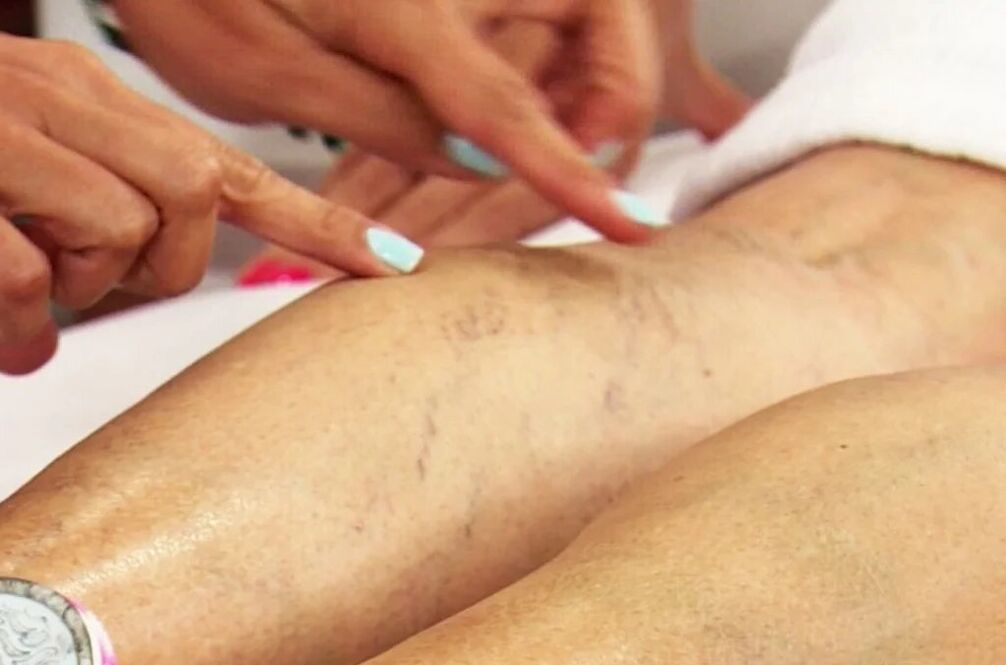
This vascular pathology, varicose veins, has taken one of the first "important places", among all other types of vascular diseases, because it is most often diagnosed in varicose veins in the legs.
With this disease, the wall of the saccular vein develops. From here, the length of the vein increases, and we can see with the naked eye their serpentine curvature, as well as spherical connections (nodes) throughout.
From 17-25% of all humans suffer from this disease. And if at a young age the frequency of detection of this disease is more or less the same between both sexes. Later in adulthood, women become leaders compared to men, almost twice as much.
There is such a version that hormonal changes during menstruation and during pregnancy lead to a weakening of the tone of the veins, which gives them a significant expansion and disrupts the venous circulation in women.
Causes of varicose veins
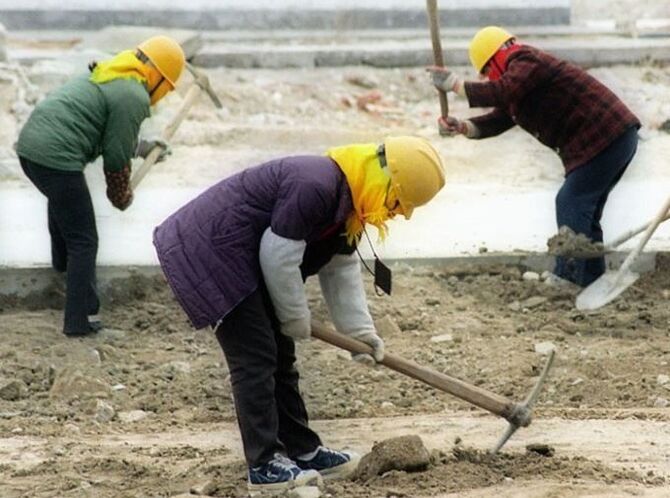
There are many reasons for the appearance of symptoms of the disease. Below I will list the main ones, read carefully, maybe you have one of these diseases, then varicose veins can be concomitant.
This disease is genetically determined by the immaturity of the venous valve function, which is aggravated by the underdevelopment of the connective tissue components in the vascular wall.
And now there is an increase in pressure in the vessel itself and from early childhood, as soon as the first physical activity appears, varicose veins appear.
This group includes people with congenital factors of hypercoagulation. Which leads to the formation of blood clots, which does not allow free blood circulation and leads to the expansion of the vessel lumen.
Regarding the menstrual cycle and pregnancy in women, I have outlined above. Menopause is added to age, estrogen decreases, progesterone increases at the same time, and this is an additional reason, because, in general, blood clotting factors increase.
And also adds to this decrease in the synthesis of collagen, elastic fibers, which lose their function in the walls and reduce the tone of the vein walls. The picture is such that blood flow decreases, valve insufficiency appears and blood clots form.
As one of the risks cannot be ignored. Especially with the abdominal type, when it turns out that obesity has a mechanical effect on the vein wall due to increased pressure under the compression zone.
In connection with the lack of insulin, the overall metabolism in the body is disturbed.
Hyperglycemia leads to a decrease in the elasticity of the blood vessel walls and there is an expansion of the lumen.
Alcohol has the ability to remove fluid from the body. Dehydration, in turn, leads to increased blood clotting and disrupts blood flow.
If you are always exposed to increased physical activity, or you always have to stand on your feet. In such people, the risk of developing diseases from blood pooling in the lower legs, and very high intra-abdominal pressure, which does not allow blood to flow to the heart at an adequate level, increases.
With constipation, intra-abdominal pressure increases when a person pushes. Thus, you can trace the logical development of varicose veins - the expansion of the vein lumen.
And in general, because of many factors: wearing high-heeled shoes, previous abdominal surgery, severe cardiovascular disease with circulatory failure, chronic inflammatory processes of the pelvic cavity (prostatitis in men, appendicitis in women) and, of course, smoking.
- Because of heredity. This disease is genetically determined by the immaturity of the venous valve function, which is aggravated by the underdevelopment of the connective tissue components in the vascular wall.
- Caused by blood clotting pathology. This group includes people with congenital factors of hypercoagulation.
- As a result of hormonal changes. This group includes the menstrual cycle and pregnancy, as well as menopause.
- due to weight gain. Especially with the abdominal type, when it turns out that obesity mechanically affects the vein walls.
- Due to diabetes. In connection with the lack of insulin, the metabolism in the body is disturbed. Hyperglycemia leads to a decrease in the elasticity of the blood vessel walls and vasodilatation occurs.
- Because of alcoholism. Alcohol has the ability to remove fluid from the body. Dehydration leads to increased blood clotting and affects blood flow.
Symptoms of varicose veins
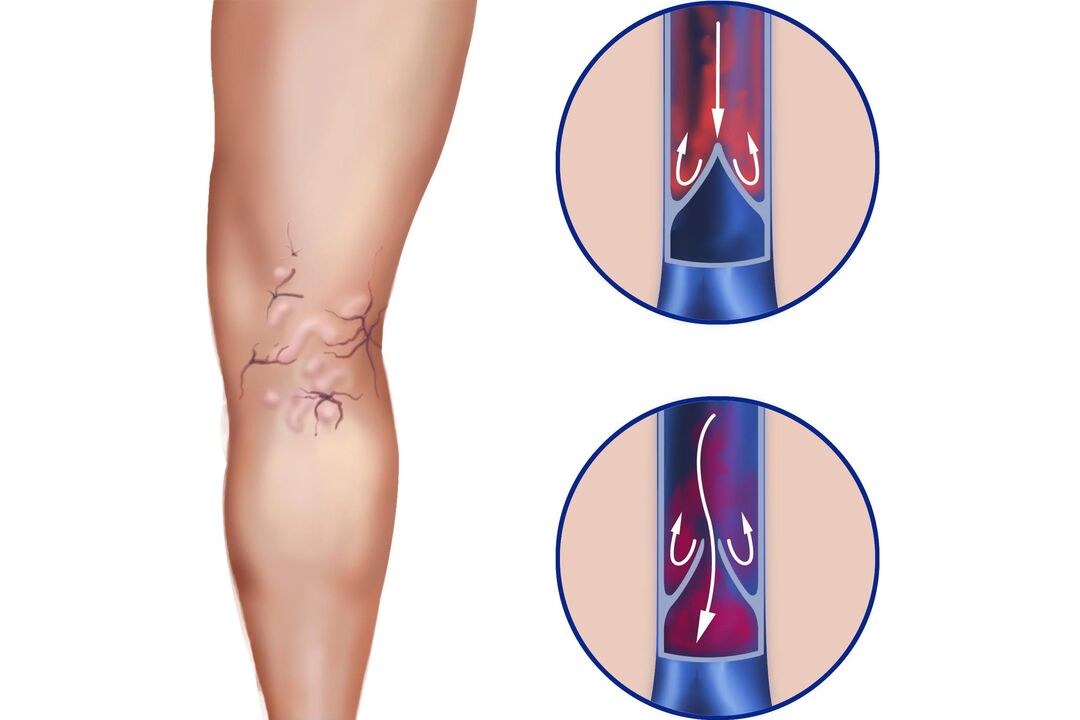
There are the first signs of varicose vein symptoms on the lower legs. It is worth paying attention to them. The main thing is not to miss them to start treatment on time.
- The appearance of spider veins and webs, because the small blood vessels have expanded and even become visible through the skin
- The second stage, we observe the formation of prominent nodes, which are writhing and arranged in clusters
- Obvious swelling and fatigue in the legs begins, people begin to experience frequent leg cramps (more at night), feel itching, fever, crawling "goosebumps"
All these symptoms appear depending on the classification of varicose veins.
About the classification of varicose veins
The international scientific community has introduced the systematization of pathological varicose veins using the CEAP (Clinical Etiology Anatomy Pathology) special classification. This typology implies 6 clinical stages in varicose veins:
- Zero. The patient has subjective complaints without clear etiology, suspicion of varicose veins, but according to the results of visual examination and research, no clear signs have been identified.
- I have a degree. Small vascular networks are visible through the skin, small swelling, rare, appearance: heavy, burning, feeling of "buzzing" in the legs
- II degree. This is already the starting point of showing true varicose veins. It has symptoms of different external manifestations of enlarged vessels, the formation of venous nodes, which increase after a long stay on the legs, or a long static sitting. From this stage one can already observe the possibility of thrombosis
- III degree. Here, the symptoms of the second group are aggravated by the usual swelling, most noticeable at the end of the day and interesting, aching pain in the calf.
- degree IV. Seen trophic changes in the skin. From a large accumulation of pigment in the epidermis, the skin changes from dark brown to black. A small local inflammation appears and develops in the form of erythema or weeping sores, which will cause dermis atrophy and ulcers over time
- Degree V. Similar symptoms, as in the fifth degree, but with a healed trophic ulcer
- Degree VI. Due to the already severe development and the formation of wounds and ulcers that do not heal
Compulsory treatment of varicose veins is required, otherwise you can get complications in the form of acute thrombophlebitis and node penetration (when the slightest mechanical impact can lead to a stretched and thinned vein wall to success); bleeding in this case occurs very strongly and will lead to significant blood loss.
Diagnostics
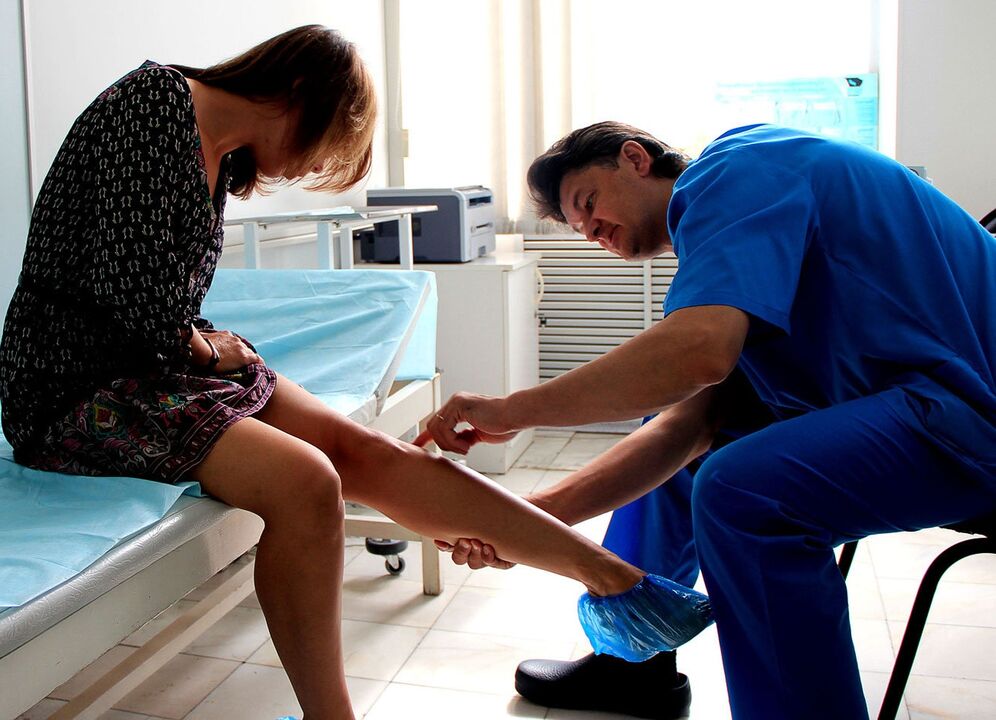
You should go to an appointment with a phlebologist. Who will be able to identify varicose veins at a glance, but nevertheless collect anamnesis, listen to your complaints.
There are special functional tests that must be prescribed by the doctor.
In addition, there will be instrumental diagnostic methods, including X-ray contrast angiography and ultrasound in duplex Doppler scanning mode.
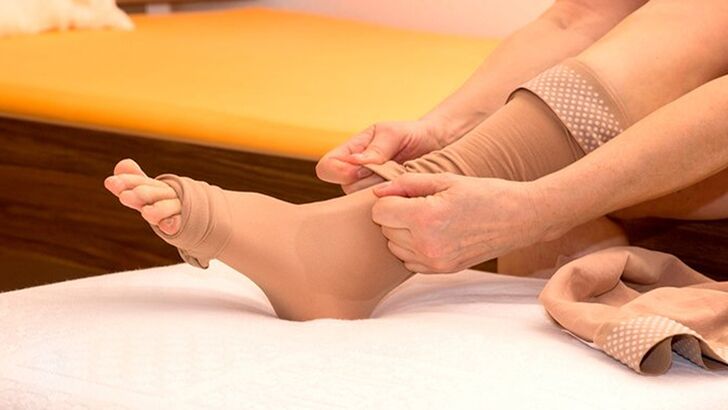
All about varicose vein treatment
A few decades ago, there was still such a thing that he turned to a phlebologist, there would be a 100% vascular surgical operation, otherwise the veins were not treated then.
But, for the past 10-15 years, high-tech small and micro-invasive techniques have been used, such as:
- Sclerotherapy (artificial destruction, the vein wall is "glued" with a special solution, it is injected with microneedles)
- Use of laser therapy
- Treatment with radiofrequency ablation (the thinnest probe is inserted into the vein, and gradually removed, the wall is "soldered")
In this case, you no longer have to endure a large and traumatic operation.
In addition, strong therapy with a complex character is also added, it involves the appointment of venotonic drugs, anticoagulants, antiplatelet agents and anti-inflammatory drugs.
Good efficiency provides the use of:
- Elastic bandages and compression stockings
- Hirudotherapy
- Diet
- Therapeutic exercise
- Water procedures
Attention: the use of elastic bandages or compression socks is only possible after consultation with the doctor (in particular, he will explain in detail the technique of the bandage - you need to start from the fingers, with a mandatory grip on the heel and gradually loosen the compression closer to the knee)
But, we cannot completely forget that varicose veins still belong to the category of surgical diseases. And if, according to the advanced stage, according to the indications, a radical effect is required, then it can only be achieved by surgery.
One of the basic operations is phlebectomy. The vein is removed, and the remaining dry functional viability of the vein is only 10% of the norm.
However, it is better not to take it to an extreme level, varicose veins on the lower leg can be completely cured if, without delay, (however, this applies to any disease), you consult a phlebologist.
It is absolutely not necessary to take the matter to "major" surgery: varicose veins on the lower leg are completely healed today, but the disease does not go away "by itself".
Conclusion
No wonder they say: "man's safety, in the hands of man himself. "And although varicose veins are not an easy disease, and tend to develop rapidly, only 10 years will be enough, from the zero stage of varicose veins to the pathological development of the 6th stage.
Overall - that's what you need, carefully consider the first manifestation of symptoms and consult a doctor - a phlebologist.
Take care of yourself, pay attention to the first news that the body will show you about the beginning of pathological changes in the veins. It is always easier to prevent than to cure the advanced stage of any disease. All health.























